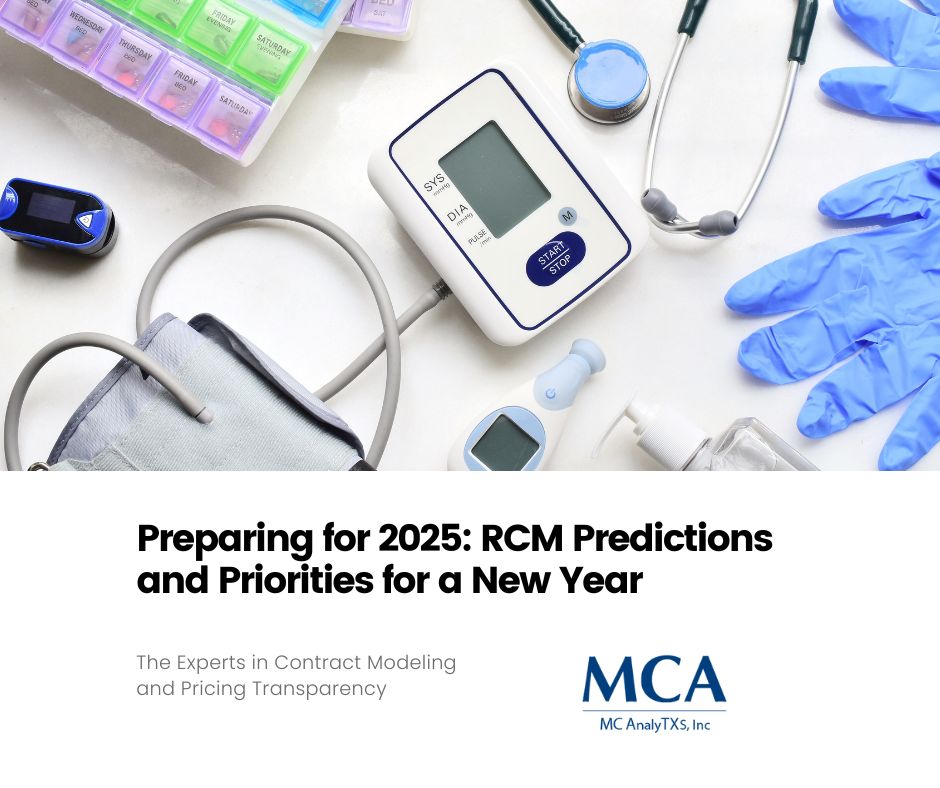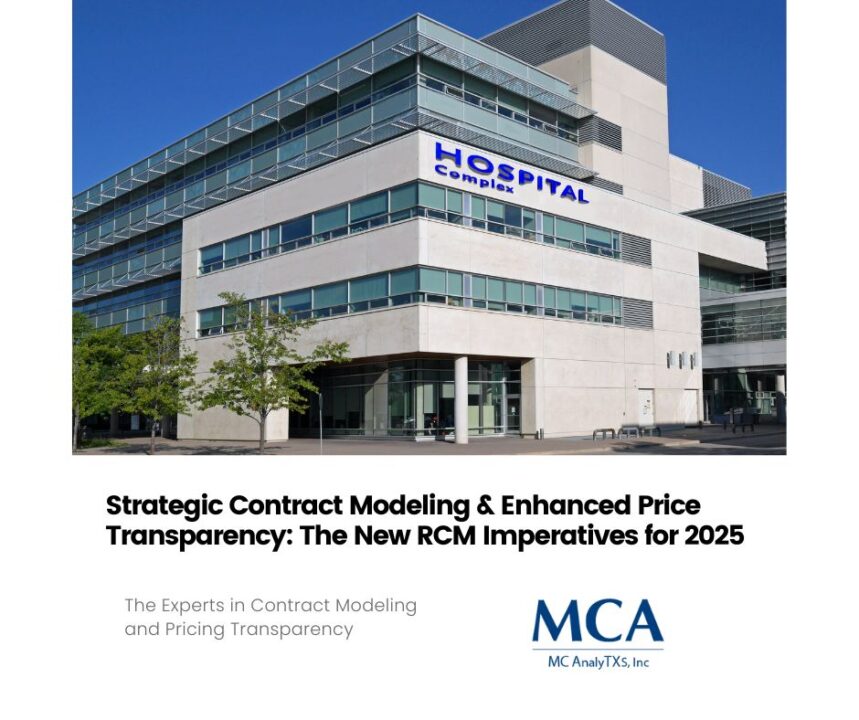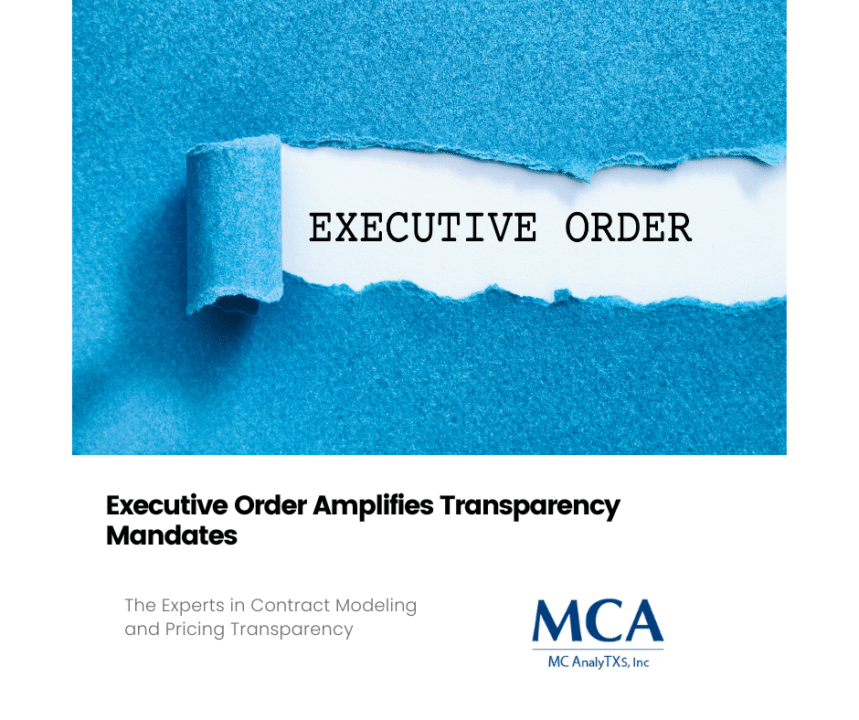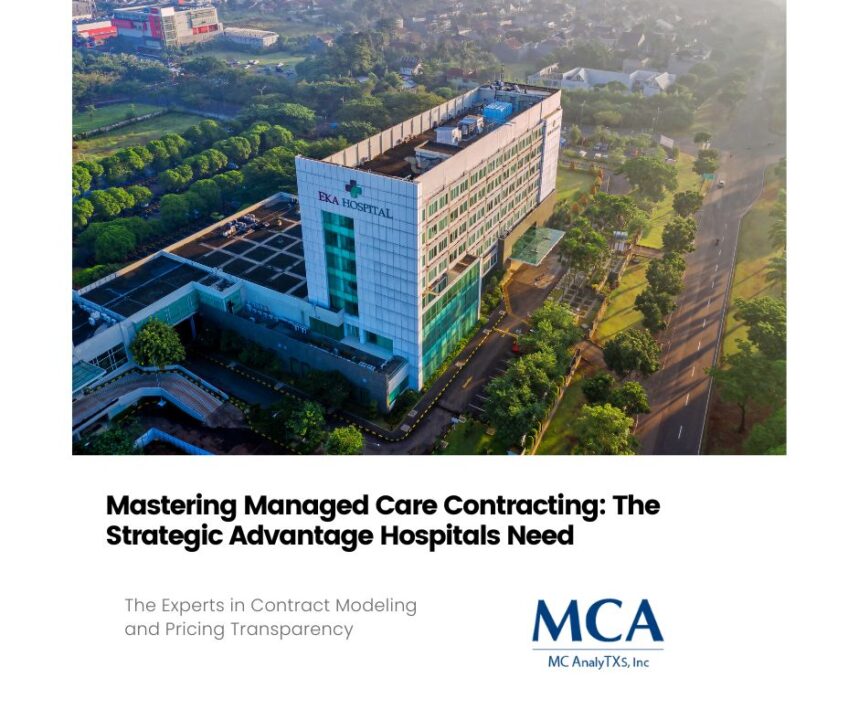
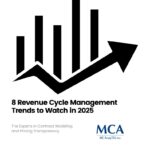
Preparing for 2025: RCM Predictions and Priorities for a New Year
Revenue Cycle Management (RCM) lies at the heart of effective and sustainable healthcare operations. With 2025 just around the corner, navigating the evolving landscape of healthcare requires foresight, adaptability, and robust strategies. How will technology, regulations, and patient expectations shape the future of RCM? And more importantly, what can healthcare professionals and revenue cycle managers do now to stay ahead?
This article explores key predictions for 2025, actionable priorities for RCM, and practical ways to future-proof your organization’s financial health.
The Evolution of RCM: Looking Back to Move Forward
To understand what 2025 may hold for RCM, it’s critical to analyze the changes that have brought us to this point. Over the past decade, key developments have revolutionized revenue cycle management, including:
- Transition to Value-Based Care: The industry has shifted from a fee-for-service model to value-based care, requiring robust data management and outcome tracking.
- Growing Importance of Patient Financial Experience: Patient satisfaction now extends beyond clinical outcomes. Consumers expect transparency in pricing, seamless billing, and flexible payment options.
- Emergence of Automation: Technology like robotic process automation (RPA) has helped streamline administrative tasks like claims processing and prior authorizations, reducing costs and improving accuracy.
Today’s challenges—rising patient expectations, complex regulations, and budgetary pressures—underscore the need for agility as healthcare organizations prepare for future RCM transformations.
Predictions for 2025: Technology, Regulations, and Patient Engagement
What’s on the horizon for 2025? While unpredictability is part of the healthcare industry, three areas are poised to drive significant change:
1. Technology Integration Will Surge
Artificial intelligence (AI) and machine learning (ML) will play a larger role in automation and strategic decision-making. Predictive analytics, enhanced fraud detection, and real-time reporting will empower healthcare providers to optimize revenue cycles. Additionally, interoperable systems will become standard, allowing data to flow seamlessly between payers, providers, and patients.
2. Regulations Will Continue to Evolve
Upcoming changes in healthcare policies could further complicate compliance requirements. Price transparency mandates and value-based reimbursements will likely expand, pushing providers to refine processes for both accuracy and efficiency.
3. Patient Engagement Will Drive Revenue
The growing consumerization of healthcare means patients expect personalized, user-friendly billing and payment experiences. Digital tools that facilitate price comparison, payment plans, and financial education will be critical to winning patient loyalty and boosting collections.
Prioritizing RCM Strategies: The Key Areas to Focus on
With these predictions in mind, healthcare organizations need clear priorities to thrive. Here are the core areas to address:
1. Patient Financial Experience
Simplify billing, provide upfront cost estimates, and offer flexible payment plans. Show patients that your organization values transparency and their financial wellbeing.
2. Process Optimization
Leverage automation tools to remove inefficiencies in claims management, coding, and collections. Focus on speeding up processing times while reducing errors.
3. Regulatory Compliance
Stay informed about changing laws and regulations. Build workflows that support updated compliance requirements, such as price transparency and value-based care metrics.
4. Workforce Training
Invest in ongoing training for your RCM team to ensure your staff can effectively utilize the latest technologies and adapt to regulatory changes.
The Role of Data in Driving RCM Decisions and Outcomes
Data has increasingly become the bedrock of effective RCM. By 2025, data-driven decision-making will shift from being a competitive advantage to a necessity for long-term sustainability.
- Predictive Analytics
Predict patient payment behavior, identify at-risk accounts, and forecast future revenue streams using AI-powered analytics.
- Performance Metrics
Track KPIs such as denial rates, patient turnover times, and days in accounts receivable. Use this data to identify bottlenecks and guide process improvements.
- Outcome-Based Strategies
Tie financial strategies to patient outcomes by analyzing correlations in data. For instance, improved billing transparency may correlate with higher patient satisfaction and timely payments.
Future-Proofing Your RCM: Practical Steps for Today
While the future holds opportunity, planning effectively for 2025 requires action today. Here’s how to start future-proofing your revenue cycle management:
1. Invest in Scalable Technology
Select cloud-based, RCM platforms that allow for scalability and seamless integration with existing systems. Interoperability is essential for future-proof operations.
2. Build a Strong Financial Education Program
Educate your patients about their financial options. Offering clear insights into billing and costs helps reduce complaints and fosters trust.
3. Strengthen Payer Partnerships
Build collaborative relationships with insurance providers to streamline the approval process and minimize claim rejections.
4. Conduct Regular Audits of Your RCM Processes
Evaluate and refine your workflows to identify inefficiencies or gaps. Ensure compliance requirements are consistently met and adjust strategies based on data.
5. Build an Agile, Skilled Workforce
Encourage your revenue cycle team to develop expertise in newly implemented tools and stay updated on industry trends. Empower your team to lead the charge in navigating change.
Leading Change in the Healthcare Revenue Cycle
Adapting to change has always been a hallmark of successful revenue cycle management, and 2025 will be no different. With the right strategies—embracing technology, prioritizing patient engagement, and using data to drive decisions—organizations can turn challenges into opportunities.
Healthcare leaders need to be proactive in preparing for the complexities ahead to remain competitive and deliver excellent patient care. By staying one step ahead, your organization can thrive in a rapidly evolving industry.
If you’re ready to future-proof your RCM and tackle 2025 with confidence, start by implementing the priorities and practical actions outlined above. The path to success begins now!


